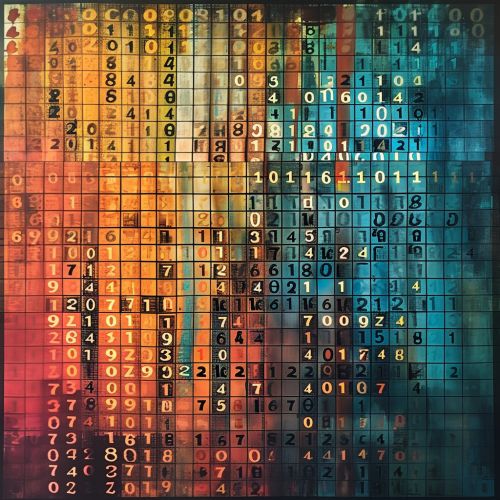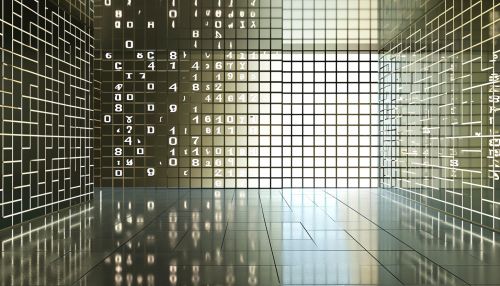Algebra over a field
Introduction
Algebra over a field, also known as linear algebra, is a branch of mathematics that studies vector spaces and linear transformations between them, which are represented by matrices. It is a fundamental part of modern mathematics, with applications in nearly every area of the discipline, including geometry, number theory, and quantum mechanics read more.
Basic Concepts
The basic objects of study in algebra over a field are vector spaces and linear transformations. A vector space is a set of elements, called vectors, which can be added together and multiplied by scalars, which are elements of a field. A linear transformation is a function between two vector spaces that preserves the operations of vector addition and scalar multiplication.
Vector Spaces
A vector space over a field F is a set V together with two operations: addition and scalar multiplication. The operation of addition must satisfy the following conditions:
1. Associativity: For all vectors u, v, and w in V, (u + v) + w = u + (v + w). 2. Commutativity: For all vectors u and v in V, u + v = v + u. 3. Identity: There exists a vector 0 in V such that for all vectors v in V, v + 0 = v. 4. Inverses: For every vector v in V, there exists a vector -v in V such that v + (-v) = 0.
The operation of scalar multiplication must satisfy the following conditions:
1. Distributivity over vector addition: For all scalars a in F and all vectors u and v in V, a * (u + v) = a * u + a * v. 2. Distributivity over scalar addition: For all scalars a and b in F and all vectors v in V, (a + b) * v = a * v + b * v. 3. Associativity: For all scalars a and b in F and all vectors v in V, a * (b * v) = (a * b) * v. 4. Identity: For all vectors v in V, 1 * v = v, where 1 is the multiplicative identity in F.
Linear Transformations
A linear transformation T from a vector space V to a vector space W over the same field F is a function that satisfies the following conditions:
1. Additivity: For all vectors u and v in V, T(u + v) = T(u) + T(v). 2. Homogeneity: For all scalars a in F and all vectors v in V, T(a * v) = a * T(v).
Matrices
In algebra over a field, linear transformations are often represented by matrices. A matrix is a rectangular array of scalars, usually represented by uppercase letters. The size of a matrix is determined by its number of rows and columns.


Matrix Operations
There are several important operations that can be performed on matrices, including addition, scalar multiplication, and matrix multiplication.
Matrix addition and scalar multiplication are defined in a way that is analogous to vector addition and scalar multiplication. Specifically, if A and B are matrices of the same size, their sum A + B is the matrix obtained by adding corresponding entries of A and B. If A is a matrix and c is a scalar, the product cA is the matrix obtained by multiplying each entry of A by c.
Matrix multiplication, on the other hand, is a more complex operation. If A is an m x n matrix and B is an n x p matrix, their product AB is an m x p matrix whose entries are computed as follows: the entry in the i-th row and j-th column of AB is the sum of the products of the corresponding entries of the i-th row of A and the j-th column of B.
Matrix Representations of Linear Transformations
Every linear transformation T from a vector space V to a vector space W over a field F can be represented by a matrix. The columns of this matrix are the images under T of the vectors in a basis of V. Conversely, every matrix defines a linear transformation in this way.
Applications
Algebra over a field has many applications in various areas of mathematics and science. For example, in geometry, it is used to describe geometric transformations, such as rotations and reflections. In physics, it is used to describe physical phenomena, such as the behavior of quantum particles. In computer science, it is used in algorithms for graphics and data processing.
